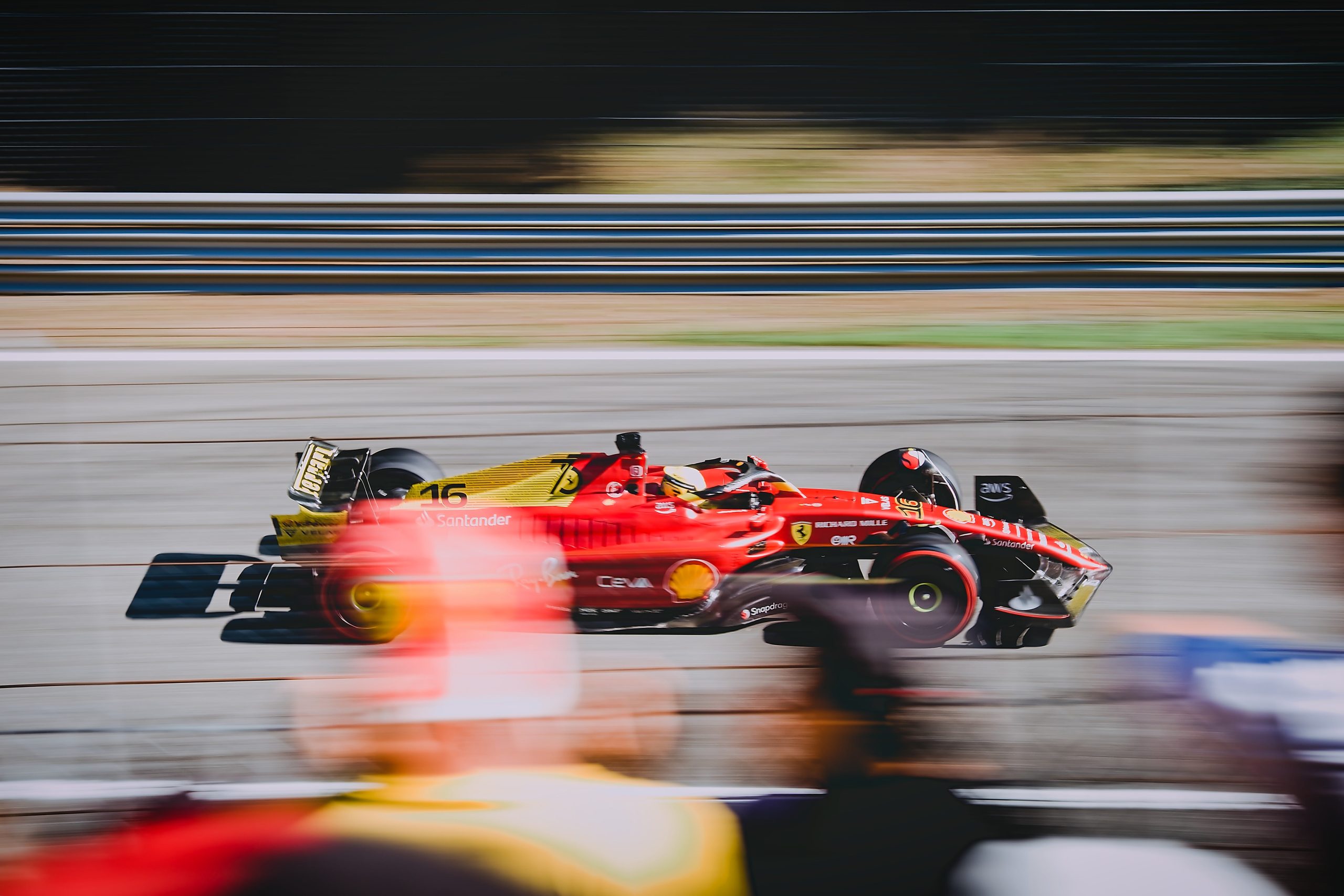Revolutionising racing with the 10th edition of Formula E

The tenth edition of the Formula E Championship is underway and is set to revolutionise electric car racing. The automotive giants are showcasing their latest technologies in extreme conditions, which could influence the future of production electric cars.
The championship, which includes 17 races in ten cities on four continents, began in mid-January. The last race was at the Diriyah track in Saudi Arabia. But this is not Formula One, it’s where battery-powered monoposts race. Unlike classic F1, the tracks are silent, and some of the distinctive features of the cars, such as the wings or exhausts, are indistinct.
Even though the electric monoblocs are not completely silent, it is a different experience for drivers and fans alike. The cars have a power output of up to 350 kW and reach speeds of up to 322 km/h. However, battery capacity has been reduced from 52 to 38.5 kWh as carmakers such as Renault, Nissan, Audi, Jaguar, Porsche, Maserati and McLaren test new technologies for more efficient operation.
For on-the-go recharging, the monoposts have dual gearing to the front and rear wheels, allowing energy to be recovered at all axles. Automakers are also learning to use battery temperature to increase the range of their production electric vehicles. Nissan, for example, plans to use technology from Formula E to improve its electric cars by 2026.
Photo source: www.pexels.com
Author of this article
WAS THIS ARTICLE HELPFUL?
Support us to keep up the good work and to provide you even better content. Your donations will be used to help students get access to quality content for free and pay our contributors’ salaries, who work hard to create this website content! Thank you for all your support!





OR CONTINUE READING